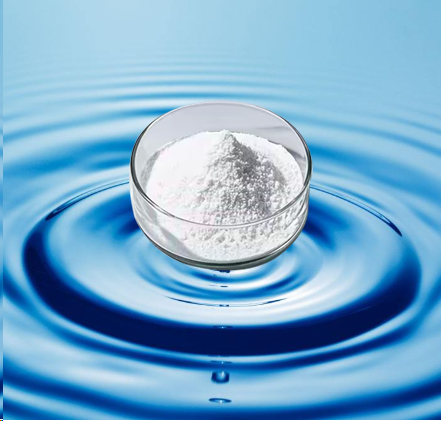Anionic Polyacrylamide (APAM)
Anionic polyacrylamide is a high molecular polymer formed by the free-radical polymerization of acrylamide monomers. Its molecular chains contain a large number of negatively charged groups, which can bind with positively charged particles. It exhibits excellent flocculation performance and shear resistance, making it an indispensable chemical additive in industrial water treatment, mineral processing, and oil and gas extraction.
- Chemical Formula C3H5NO
- Cas No. 9003-5-8
- Appearance white particles
- Solid Content ≥89 %
- Molecular Weight 5-20 million













